By Rick VanSickle
Flat Rock Cellars, a champion for terroir on the Twenty Mile Bench, has always been a winery firm in its belief that arming consumers with knowledge — no matter how geeky — is a way to keep bringing them back for more.
Note: Also in this report — a trio of new wines from Malivoire, a new bubbly from Vineland Estates and our picks from the Vintages release on Saturday., including Reif, Henry of Pelham and Tawse.
Taste wines with owner Ed Madronich or give him a chance to preach from his pulpit and you will be fed a steady diet of what exactly goes into every bottle made at the winery. Madronich is not afraid to break down his Pinot Noirs, Chardonnays and Rieslings into blocks, oak trials and clones and share the experience with consumers through special offerings.
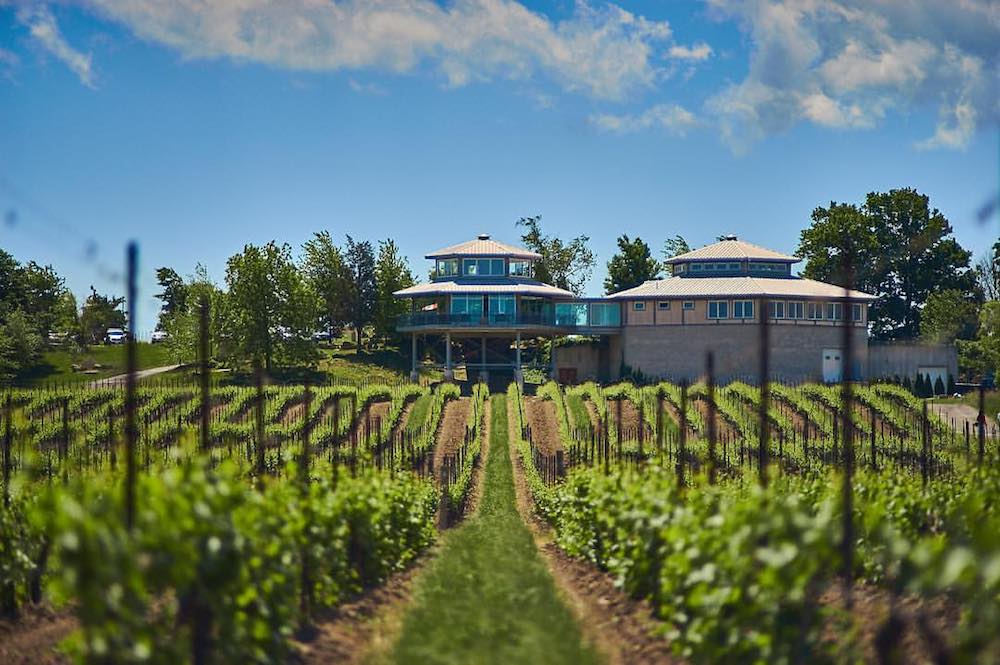
The latest experiment from Flat Rock is an exploration of yeasts — Nature (wild fermentation) vs. Nurture (inoculated yeast) — and how both impact Pinot Noir.
Flat Rock winemaker David Sheppard, in top photo with assistant winemaker Allison Findlay, says the yeast experiment was conducted to give consumers a sense of what affect different yeasts have on the profile of the wine. “It is our practice at Flat Rock Cellars to utilize diversity in winemaking to create complexity in the wines,” he says. “And in that spirit, we experiment continuously with all the tools and parameters at our disposal. In some cases, as in the Nature vs. Nurture experiment, we choose to let the differing outcomes stand on their own and give our customers the chance to see, taste and learn alongside us.”
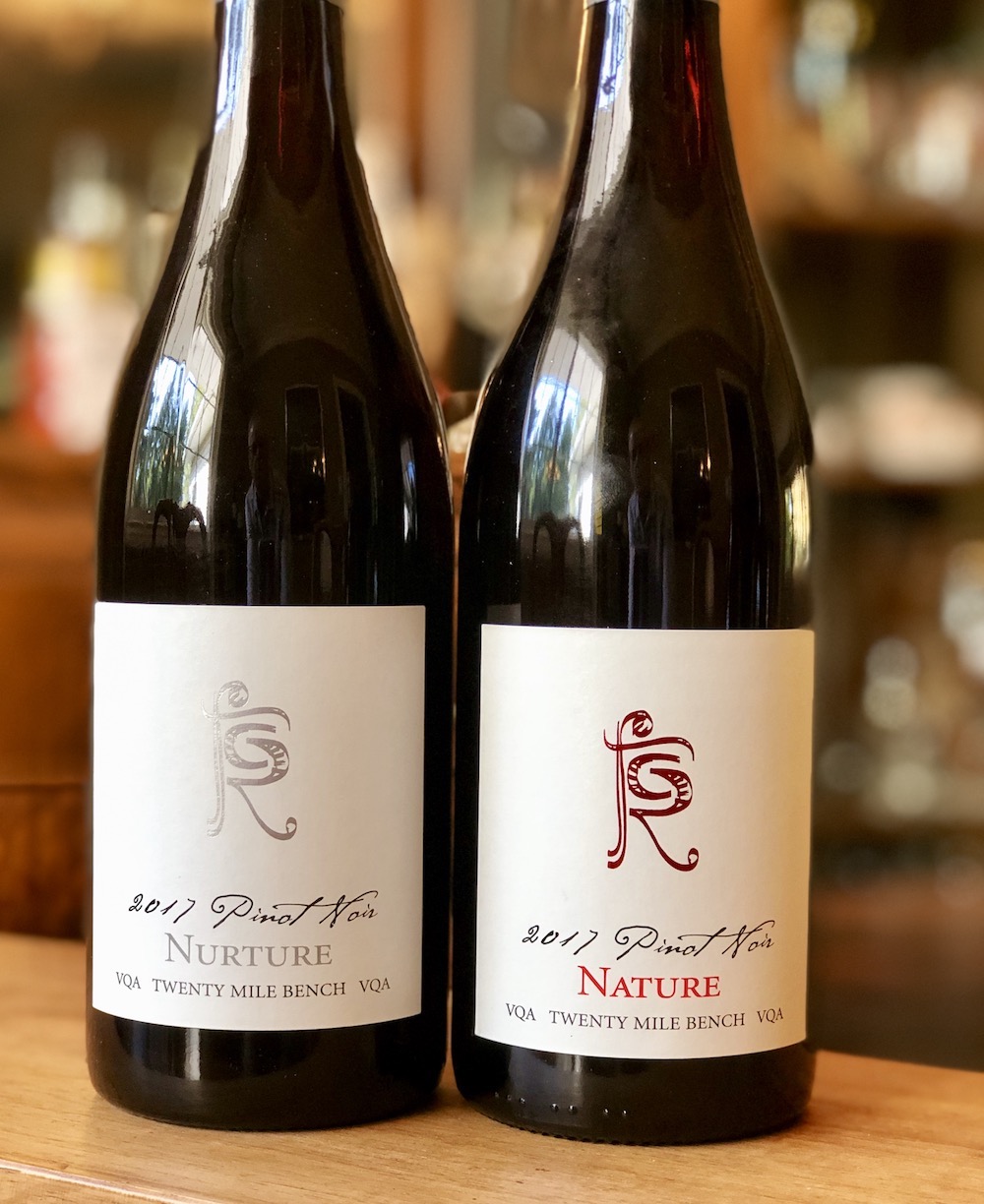
The two Pinot Noirs produced for this experiment, available at Flat Rock for $100 for the pair, include the Nature, which is wild fermented with yeast naturally occurring in the vineyard, and the Nurture, which is made using a specific strain of saccharomyces cerevisiae known as W15.
To get a bit more feel for the experiment, Wines In Niagara reached out to Sheppard for his thoughts on using natural fermentation vs. wild. Sheppard, who just finished harvesting his 40th vintage of grapes in Niagara, was only too happy to answer our questions.
Q&A with Flat Rock
winemaker David Sheppard
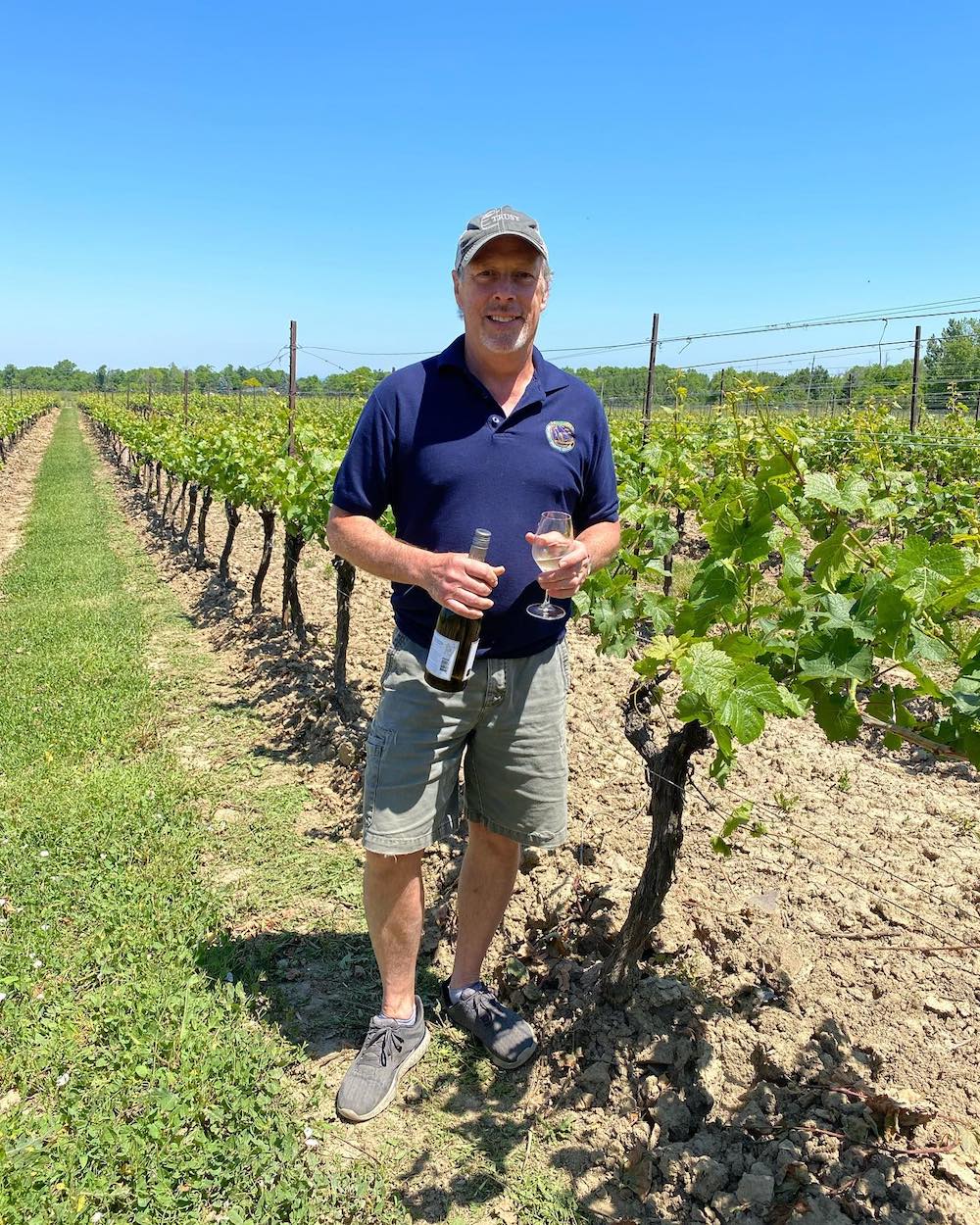
Wines In Niagara: You’ve made a lot of wine over a 40-year career as a winemaker. What has been your experience using wild ferments and what varieties react best to the practice?
David Sheppard: I’ve never been of the mindset to do wild ferments just because they’re different and geeky, but sometimes when the conditions are right and an indigenous yeast kicks in with very positive results, then I am happy to let it run and see where it takes me.
I think that Pinot Noir and Chardonnay are better suited to wild ferments by virtue of their early ripening. Being the first two varieties to ripen up, they typically come into the winery when the ambient temperatures are still warm, and the grapes are still quite healthy and sound. I think that this increases the odds of the indigenous flora being “the right” strains of yeast and not dominated by “spoilage” yeast and bacteria.
The pure strain yeast cultures bring a clearly identified list of attributes for which they were isolated in the first place. The benefit to me as a winemaker is that I can select a pure strain according to the particular attributes that I’m looking for by preference.
The pure strains really are, for the most part, indigenous yeasts that have been isolated from the population at large. The wild ferments can add an element of complexity as more often than not a “wild” strain performs only part of the fermentation before being supplanted by a different one whose population has grown to the point of dominance. Since each strain has its own traits, this mix can bring a little bit from each.
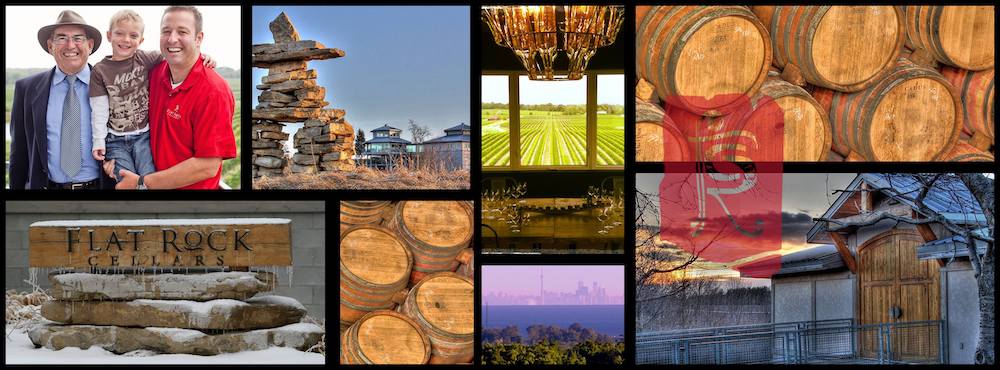
WIN: What attributes do both methods of fermentation bring to the table and which do you prefer?
Sheppard: My personal preference is to seek out (and experiment with) different pure strains and add that multi yeast complexity by doing separate small lots of the same variety (destined to go together) with different yeasts.
WIN: What knowledge do you hope consumers will take from tasting these Pinots back to back?
Sheppard: I hope that consumers can enjoy the exploration of wine, and see first hand how science and nature are entwined in producing it. I always take pleasure in finding differences and discovering my own preferences in the products that I enjoy (case in point – I do the same exercise with Scotch whisky but from a consumer point of view … great fun).
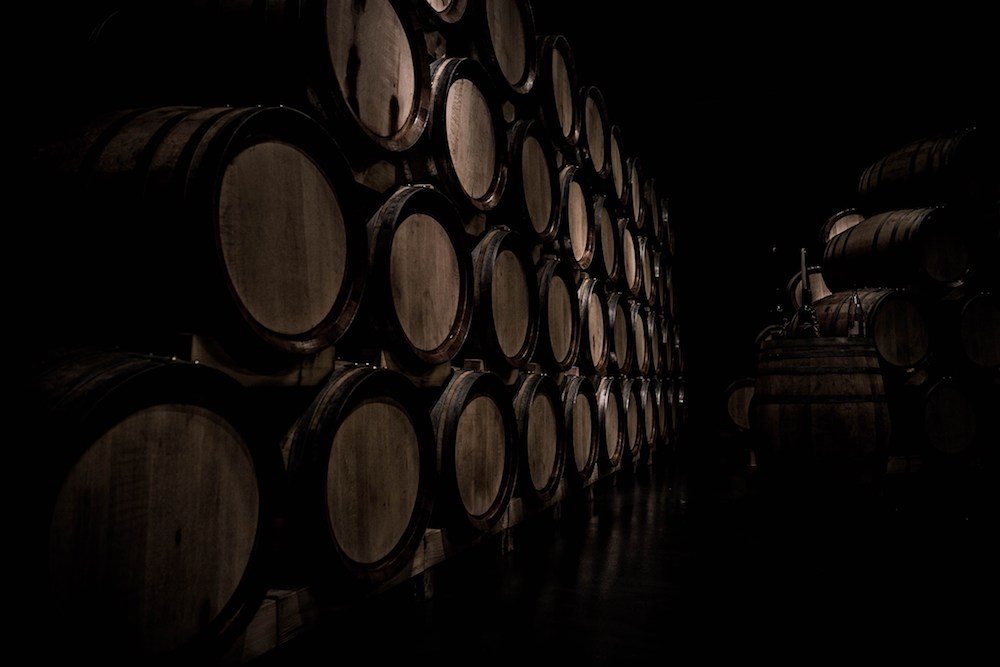
I tasted both the wines for this report (plus the new top Pinot made at Flat Rock, the Gravity, and the new estate Pinot), and I have to be honest here. If you served the wild ferment and inoculated Pinots to me blind, I would have no idea which is which. I like to think wild ferment is an expression of the vineyard, while commercial yeast manipulates flavours into what you want the wine to taste like. But is that accurate? Does a wine that says “wild fermented” on the label make you more excited than a wine that doesn’t say that? And what about wines made that make no such pronouncements on the label but employ wild ferment in all their wines, can you tell? All good questions and I wish I had answers for you. If it means anything at all to you, of the two wines made for this experiment, I preferred the Nurture to the Nature, but only slightly.
Here are our reviews for the two experimental wines plus two other Flat Rock Pinots.
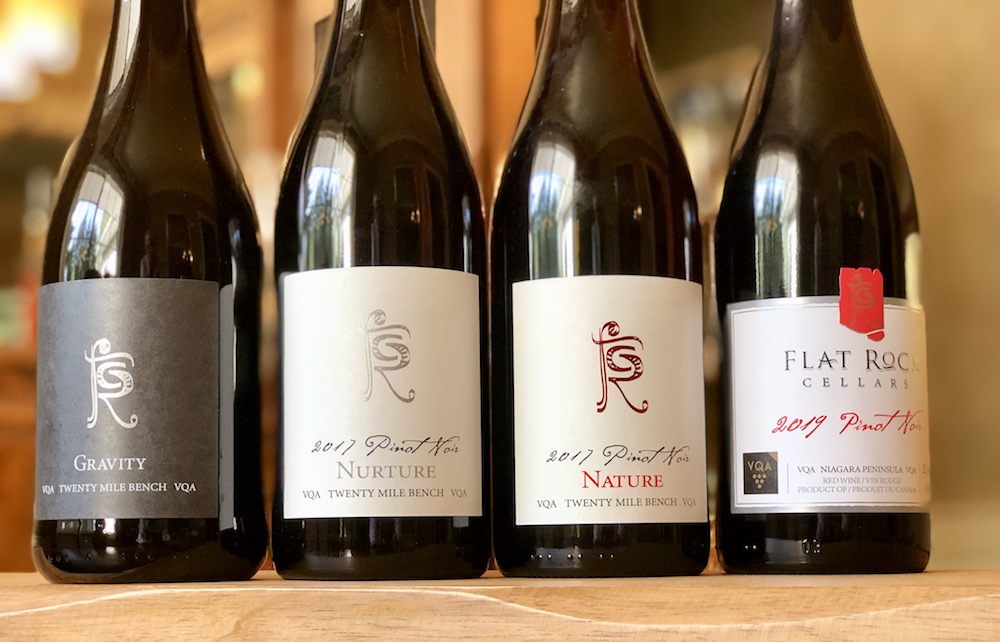
Flat Rock Cellars Nature Pinot Noir 2017 ($100 for both wines sold as a pair, available at the winery, 91 points) — This is the wild fermented version of the Pinot. It has an earthy/barnyard opening on the nose followed by savoury red berries, cassis and currants with oak spices and dried tobacco nuances. The palate reveals tart cherries, brambly raspberries, ripe cassis, some herbaceous notes, spice and smooth tannins in a complex and layered style that benefits from racy acidity on the finish.
Flat Rock Cellars Nurture Pinot Noir 2017 ($100 for both wines sold as a pair, available at the winery, 92 points) — This is more fruit forward on the nose, more perfumed with bright cherries, raspberries, red currants, sage and subtle earthy notes and spice. It has lovely texture on the palate and flavours that run the gamut from savoury red berries to earthy darker fruit, loam and spice with silky tannins and a finessed finish.
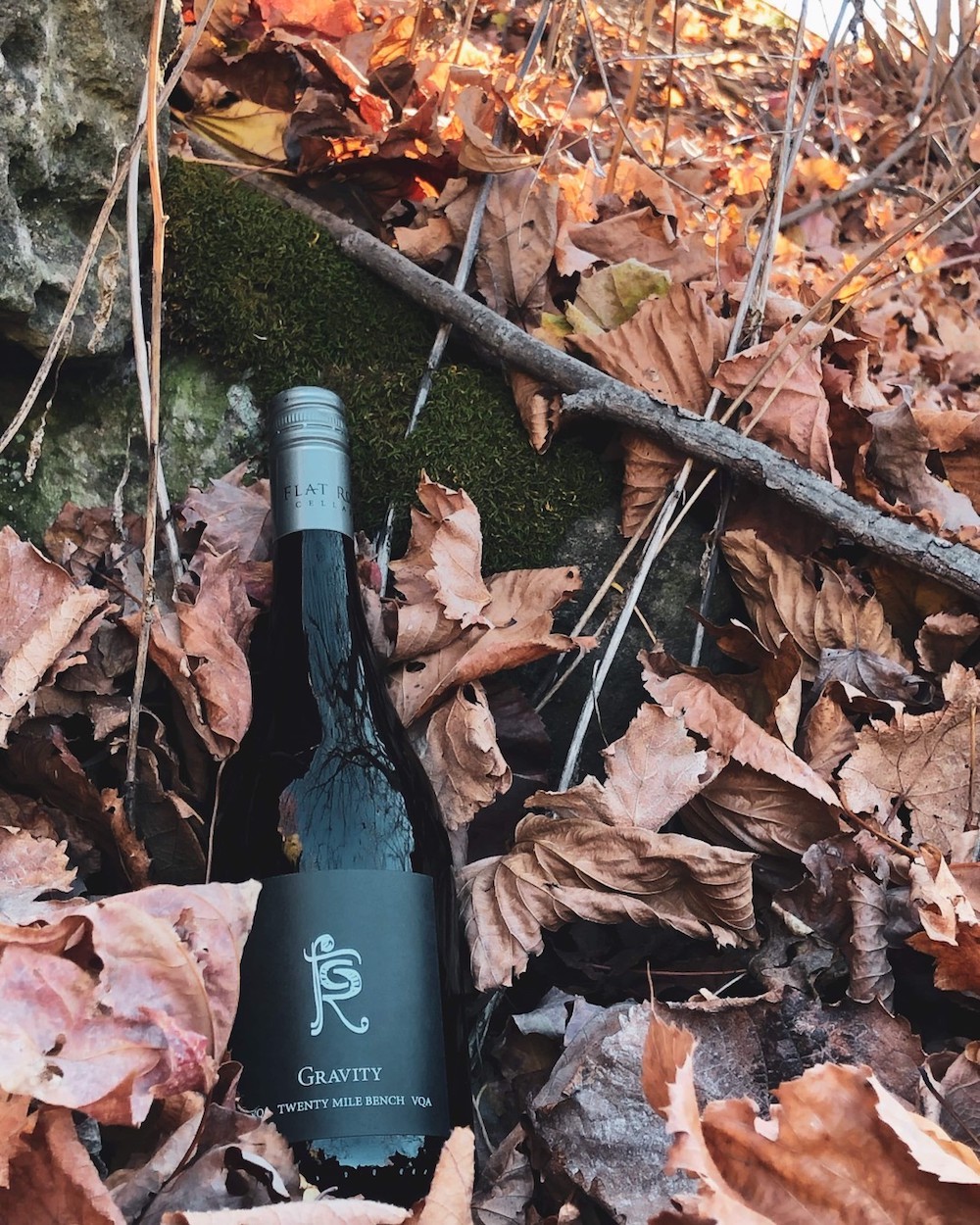
Flat Rock Cellars Gravity Pinot Noir 2017 ($35, previously reviewed, 93 points) — Flat Rock has the reputation of being a top-notch Niagara Pinot Noir producer from vintage to vintage, but in the Pinot-friendly climate of 2017, this top-tier Gravity bottling dials it up a few notches. The wine is derived from the best barrels of Pinot grown in the estate’s Twenty Mile Bench vineyards. It’s aged in French oak, only 15% new, for 10 months and is bottled unfiltered. The complex nose shows ripe black cherries, raspberries, bramble, cassis, clove, damp earth and spice notes. It’s concentrated on the palate with layers of red berries, cassis, anise, silky tannins, well defined oak spices, a supple texture and a long, finessed finish. Can easily cellar this for 5+ years.
Flat Rock Cellars Estate Pinot Noir 2019 ($23, released at Vintage Nov. 29 with $2 off, 89 points) — This is always a smart buy at the LCBO and the 2019 version is no different. The nose shows ripe cherries, brambly field raspberries, forest floor, touch of cassis and spice. It’s bright and cheerful on the palate with well defined red berries, dried tobacco, earth, spice and finessed through the finish. Good value Pinot.
Trio of new Malivoire wines
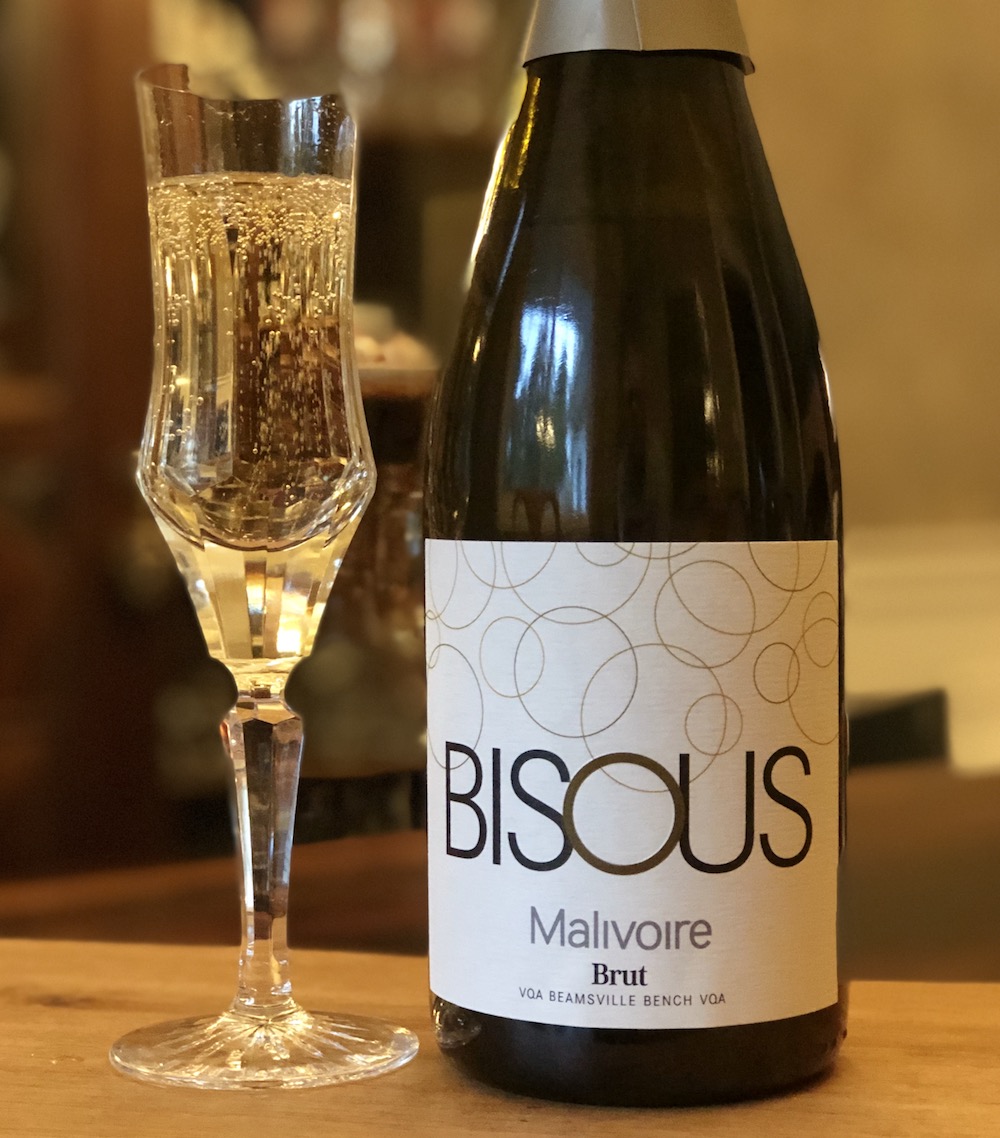
Malivoire Bisous Brut NV ($35, 93 points) — Now this is a fascinating sparkling wine from the Beamsville Bench. The blend is 59% Chardonnay and 41% Pinot Noir with the grapes whole-cluster pressed and fermented separately in French oak. The wine is made in the traditional method and aged on the lees for 36 months. It’s a no dosage bubble with zero grams per litre of residual sugar. Such a bright and energetic nose of lemon, pear, crisp apple, biscuit and creamy notes with an elegant, persistent mousse. On the palate, look for fresh-squeezed lemon, brioche, rich pear, baked apple and vanilla cream in a rich, yet finessed, and vibrant style. Gorgeous bubbles.
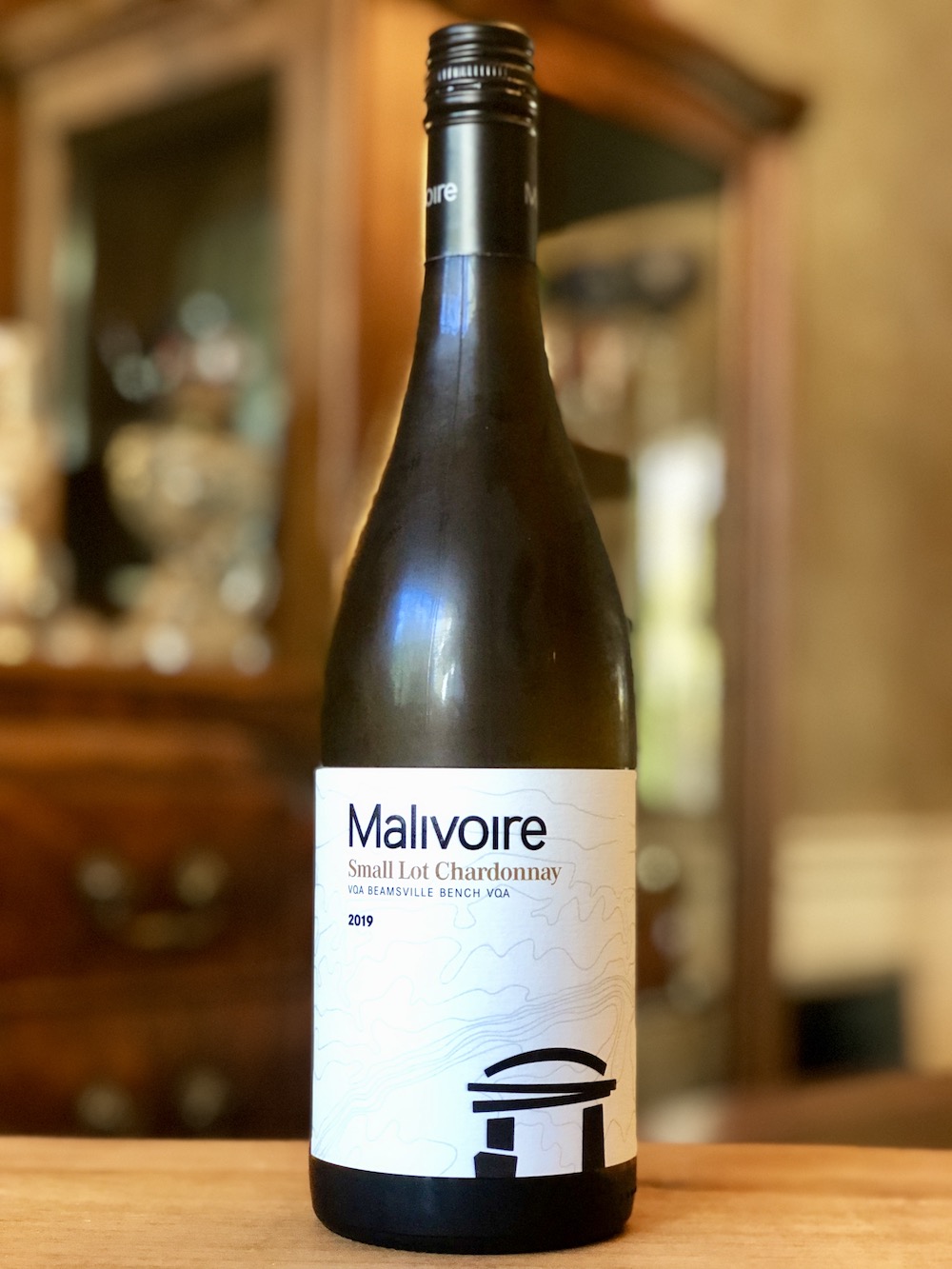
Malivoire Small Lot Chardonnay 2019 ($22, 89 points) — This Beamsville Bench Chardonnay was fermented in stainless steel with the majority of the wine aged on the lees in a horizontal steel tank. It has an enticing nose of lemon cream, crisp green apple, mineral and pear notes. It’s fresh and lively on the palate with green apple, pear, citrus, cream and lovely saline/minerality notes that chime in on the fresh and lively finish.
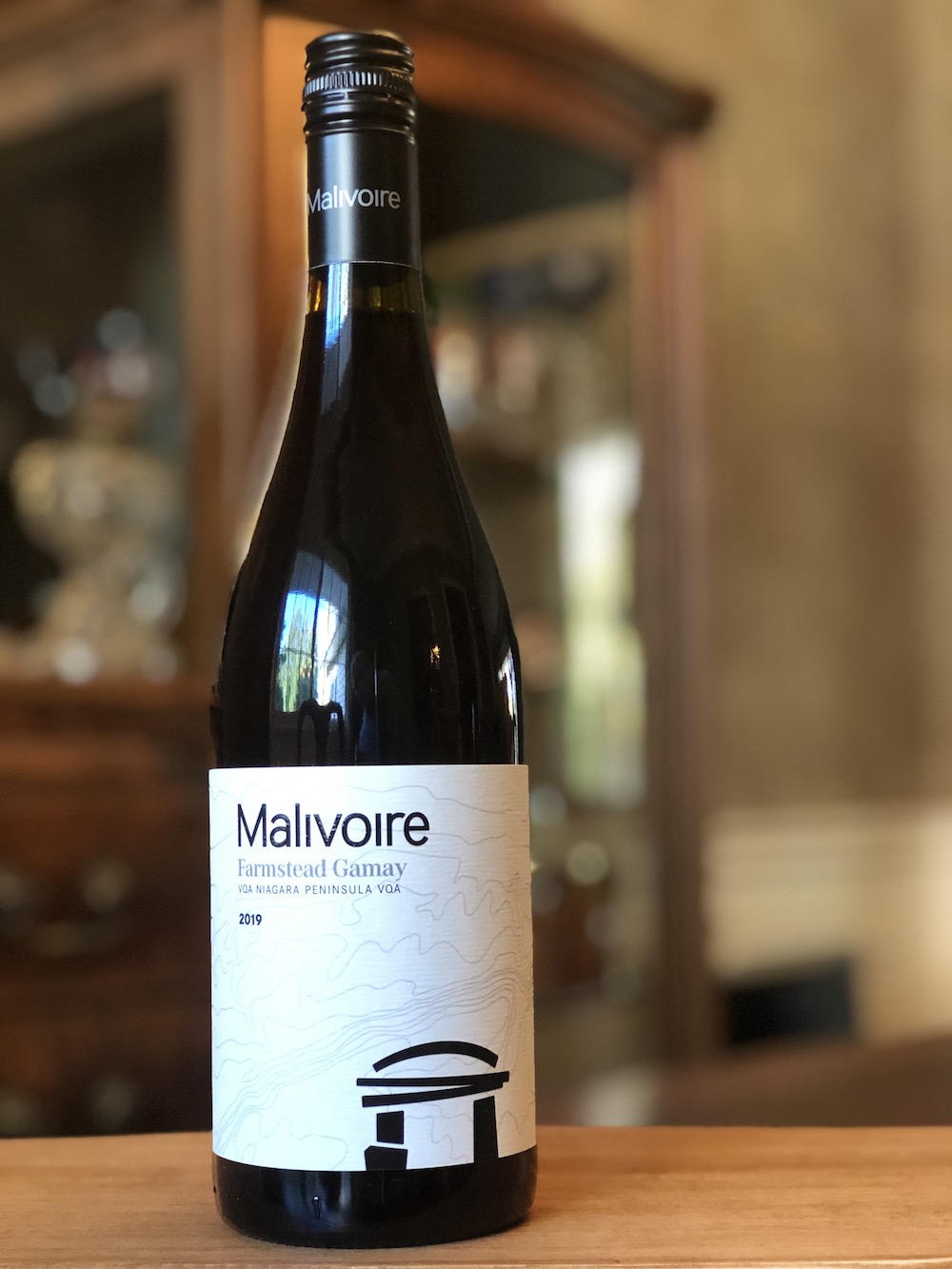
Malivoire Farmstead Gamay 2019 ($20, 89 points) — This Niagara sourced Gamay has a nose of plums, fresh cherries, fennel, bramble and just a hint of spice. It’s a lighter-bodied Gamay on the palate but packed with flavours of tart cherries, cranberries, plums, earthy/savoury notes and a bright finish. Gulping Gamay.
New Vineland Estate Sparkling

Vineland Estates Reserve Pinot Meunier Sparkling 2019 ($30, 92 points) — We don’t see a lot of Pinot Meunier, one of three traditional grapes used in Champagne, being made into a single-variety wine here in Niagara, but winemaker Brian Schmidt has always been a champion of this grape — both still and bubbled. It shows a pale salmon colour in the glass with a pretty and enticing nose of cherries, field raspberries and lovely creamy/toasty notes. It has a vigorous and lively mousse on the palate with racy acidity that brightens the red berries and citrus notes from start to finish. It has such vibrancy and verve on the finish. Uplifting and energetic bubbly.
Niagara wines released
at Vintages stores Saturday
The second of the big holiday releases at Vintages stores has a fairly robust bevy of Niagara wines up for grabs. Here are a few recommendations from us.

Tawse Quarry Road Pinot Noir 2017 ($36, 93 points) — The Tawse Quarry Road Vineyard on the Vinemount Ridge has yielded some spectacular wines over the years. Add this one to the list. The vineyard is farmed biodynamically and is organically and the wine spends 12 months in French oak, 20% of which is new. It has a beautiful nose of pure black cherries, cranberries, violets, forest floor and elegant spice notes. It’s rich and meaty on the palate with crunchy red berries, earth, anise, fine tannins, soft texture, minerals and length through a vibrant finish.

Henry of Pelham Speck Family Reserve Chardonnay 2018 ($30, 92 points) — Showing some restraint on the nose, but swirl it around in the glass and beauty unfolds. Creamy pear, a floral/perfumed note, baked apple and integrated spice notes. It’s more open-knit on the palate with rich apple and pear, lemon accents, toasted oak and spice with gorgeous finesse and minerality on the finish. Lovely Short Hills Bench Chardonnay.

Henry of Pelham Speck Family Reserve Riesling 2018 ($28, 93 points) — The top Riesling made at the estate is from vineyards on the Short Hills Bench planted in 1984 to the Weis 21b clone (RIP Hermann). This wine is always a winner and among the best Rieslings made in Niagara vintage to vintage. It has an enthralling nose of lime, grapefruit, stony minerality and pinch of ginger. On the palate it’s powered by that saline, stony minerality driving the fresh-squeezed lime, the grapefruit, the complex array of pear, peach and quince that’s all supported by racy acidity. This is a very good Riesling that will improve for 7+ years and only get better. Bravo!
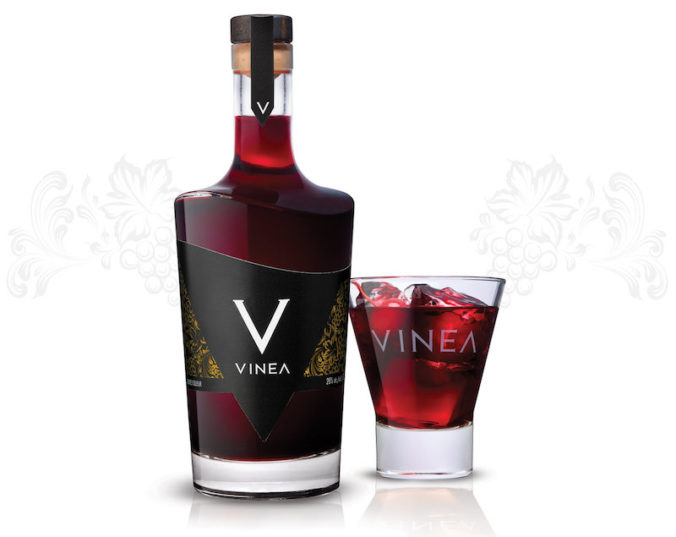
Reif Vinea ($30, 89 points) — Latin for vine, Vinea is a small batch grape-based liqueur made by Reif finished at 20% abv. The Cabernet Sauvignon is fortified with brandy and then blended with “secret” ingredients to create a one-of-a-kind spirit of the vine. It can be enjoyed on the rocks or as a cocktail. The flavours are all about the raspberry/kirsch compote notes with a sweet edge on the finish.
Niagara wines also released Saturday, but not reviewed:
• Southbrook Canadian Framboise ($20 for 375 mL))
• Inniskillin Riesling Icewine 2018 ($80 for 375 mL)
• PondView Gold Series Vidal Icewine 2019 ($20 for 200 mL)
• 13th Street Premier Cuvée Sparkling 2014 ($40)
• Featherstone Joy Premium Cuvée Sparkling 2014 ($35)
• Bachelder Niagara Chardonnay 2018 ($25)
• Di Profio Estate Kitchen Zinc 2018 ($19)
• Lakeview Cellars Barrel Aged Chardonnay 2017 ($23)
• Lundy Manor Chardonnay 2016 ($26)
• Organized Crime The Mischief 2018 ($19)
• Redstone Chardonnay 2016 ($20)
• Stoney Ridge Excellence White Meritage 2017 ($23)
• Tawse Limestone Ridge-North Estate Bottled Riesling 2017 ($22)
• EastDell Pinot Noir 2017 ($16)
• Jackson-Triggs Grand Reserve Meritage 2017 ($26)
• Kew Vineyards Estate Heritage 2014 ($35)
• Palatine Hills Wild and Free Cabernet Sauvignon 2017 ($30)
• Queenston Mile Pinot Noir 2017 ($40)
• Wildass Red 2018 ($22)


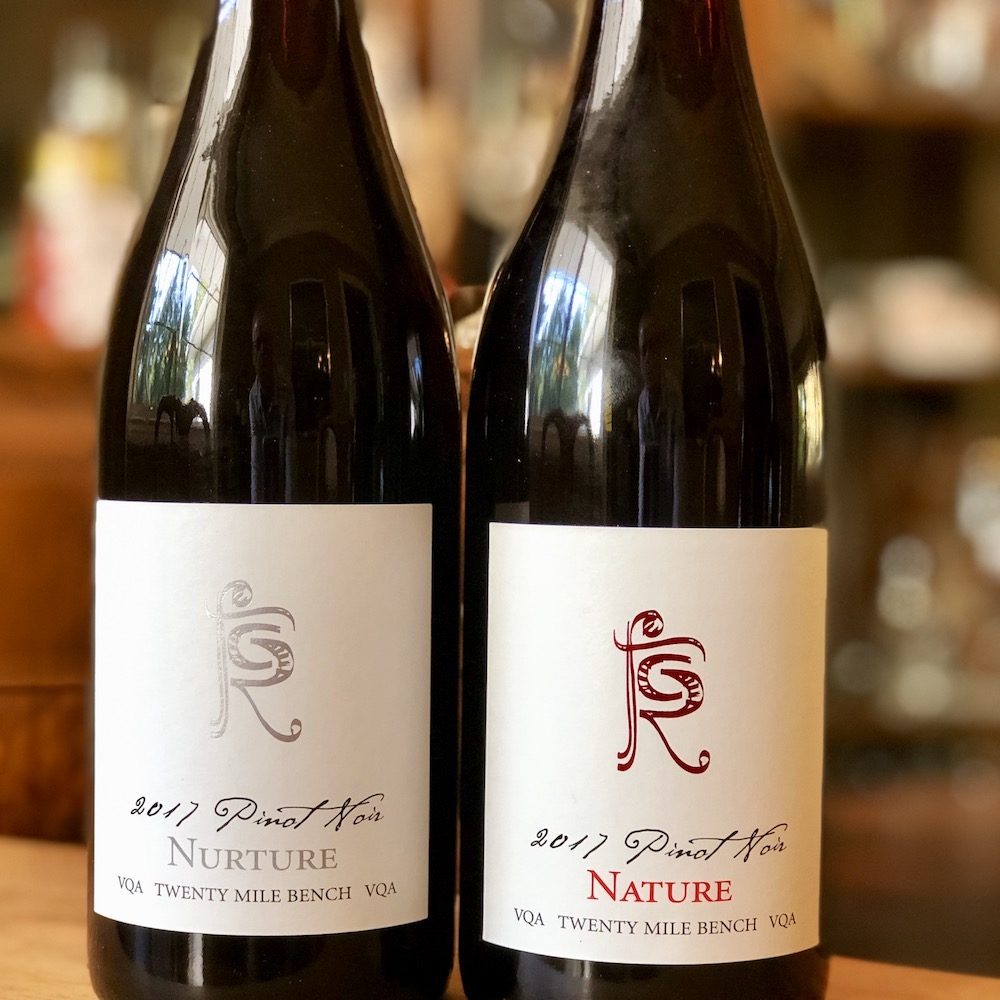



Comment here